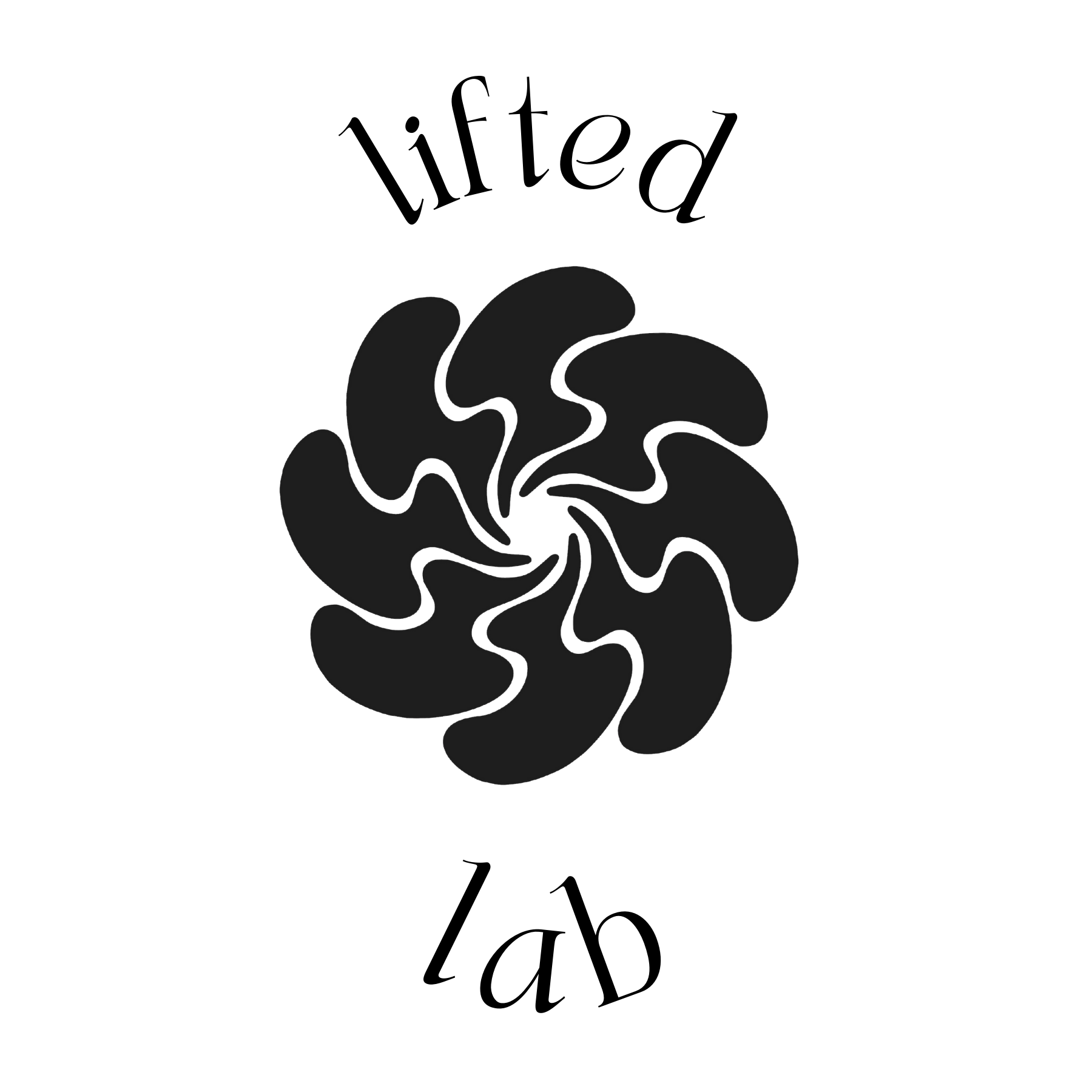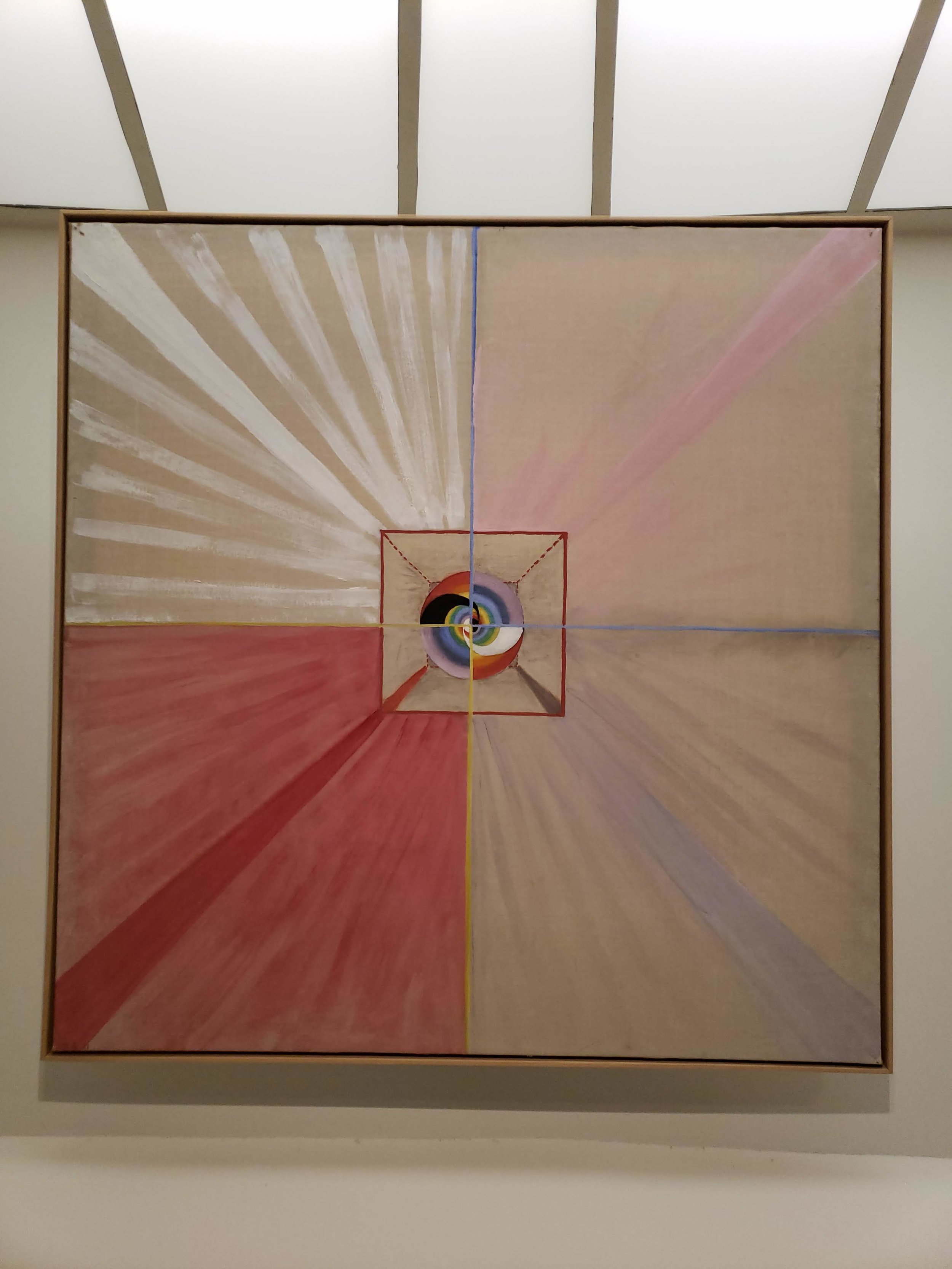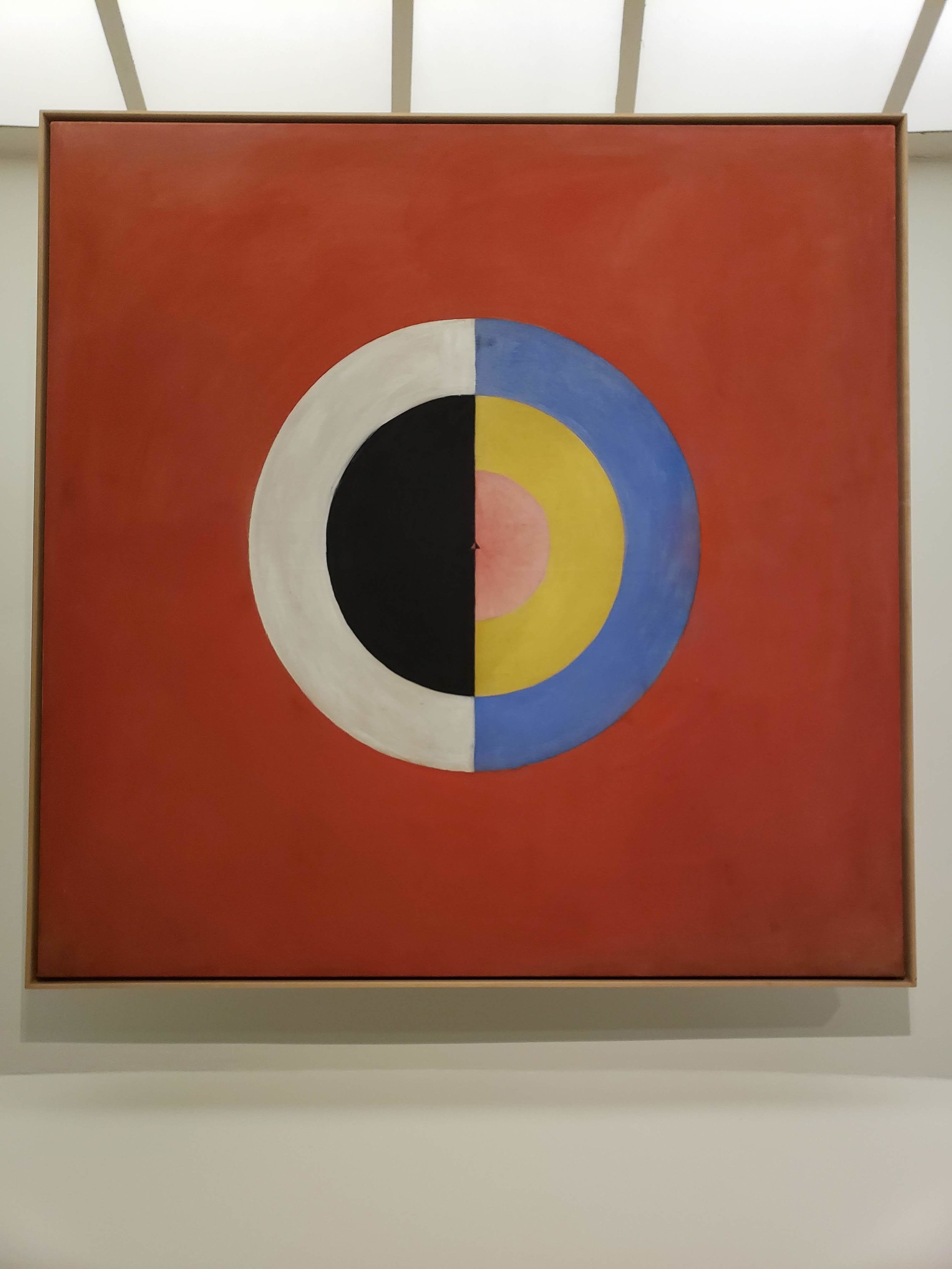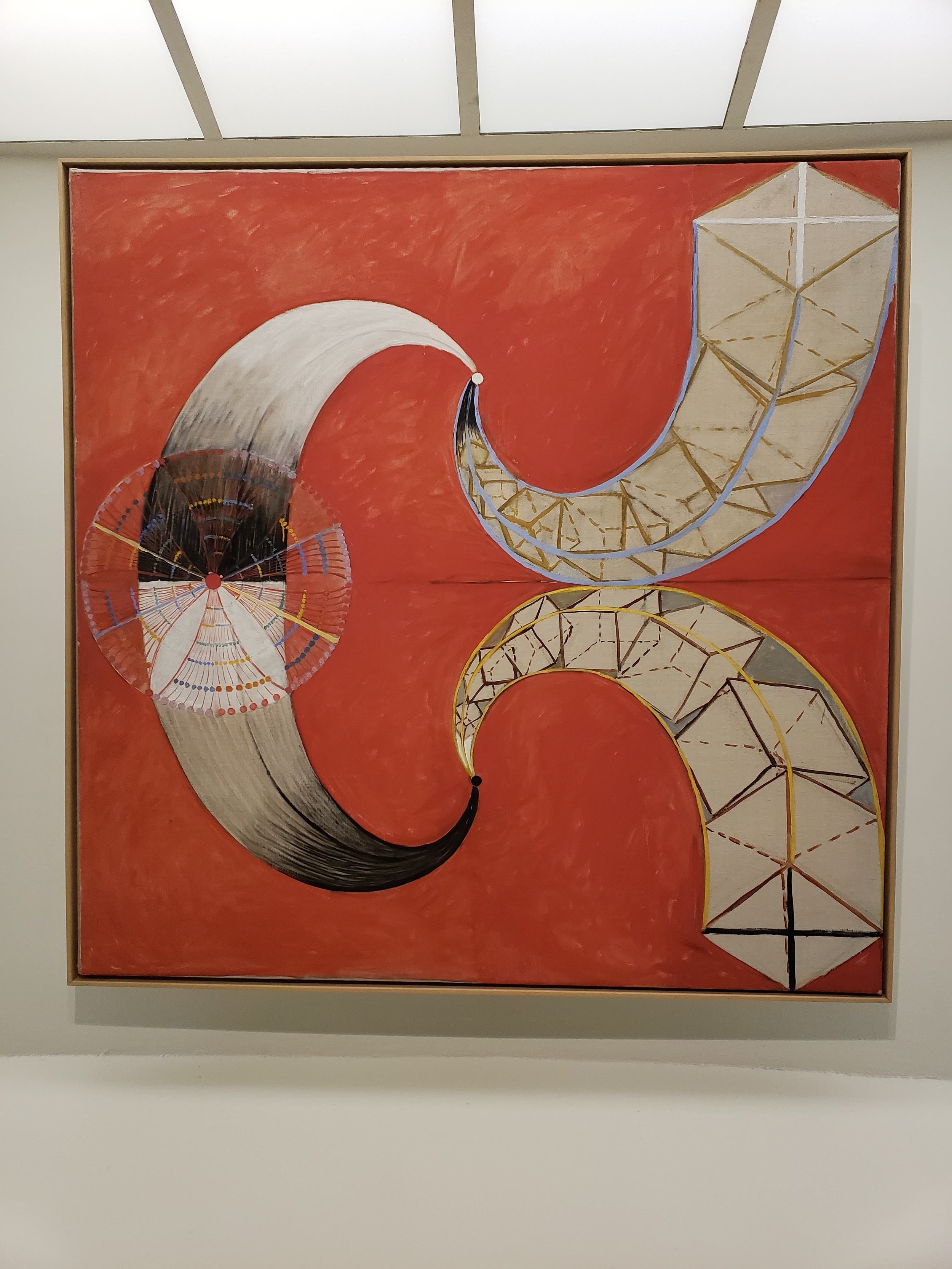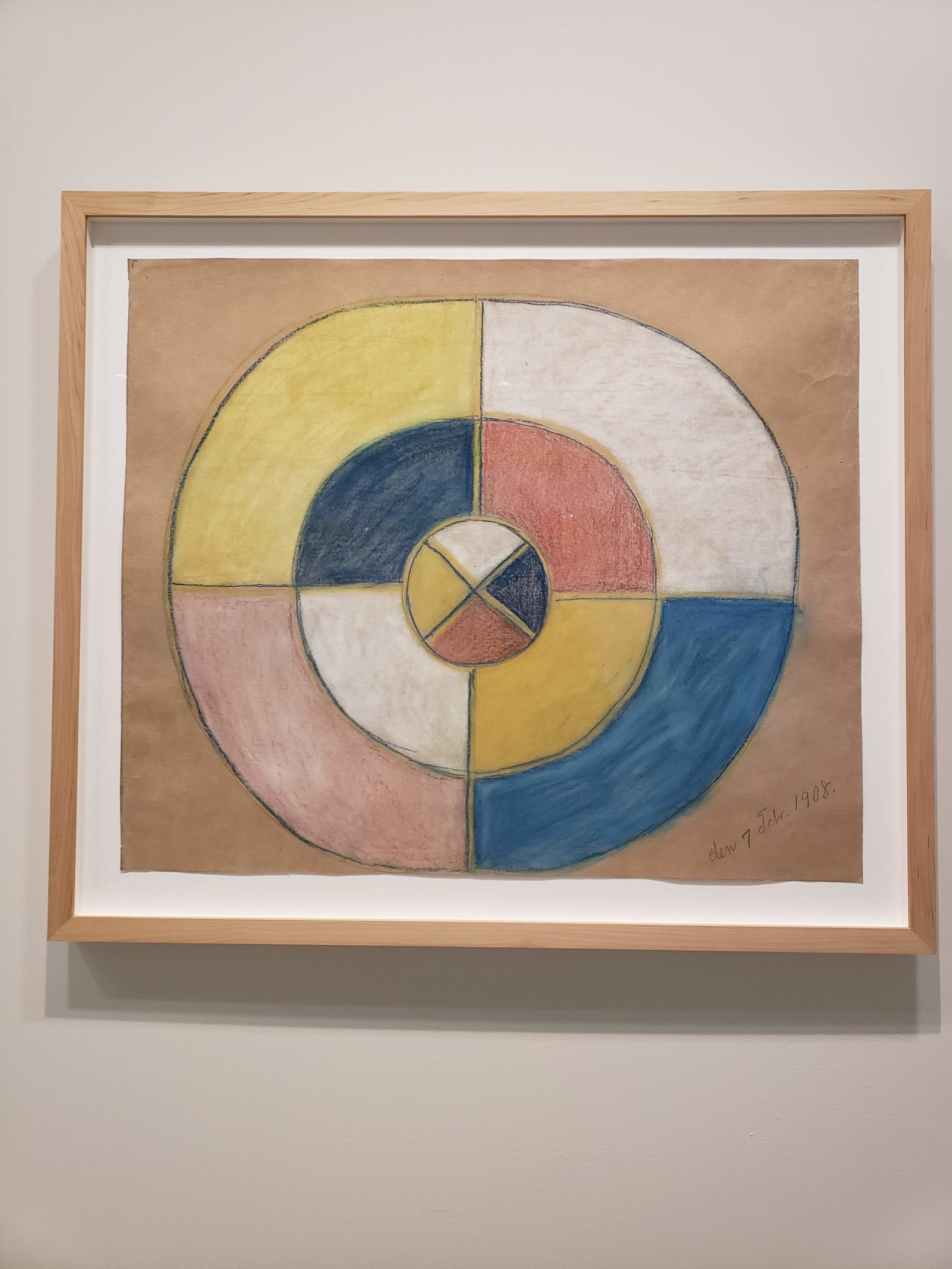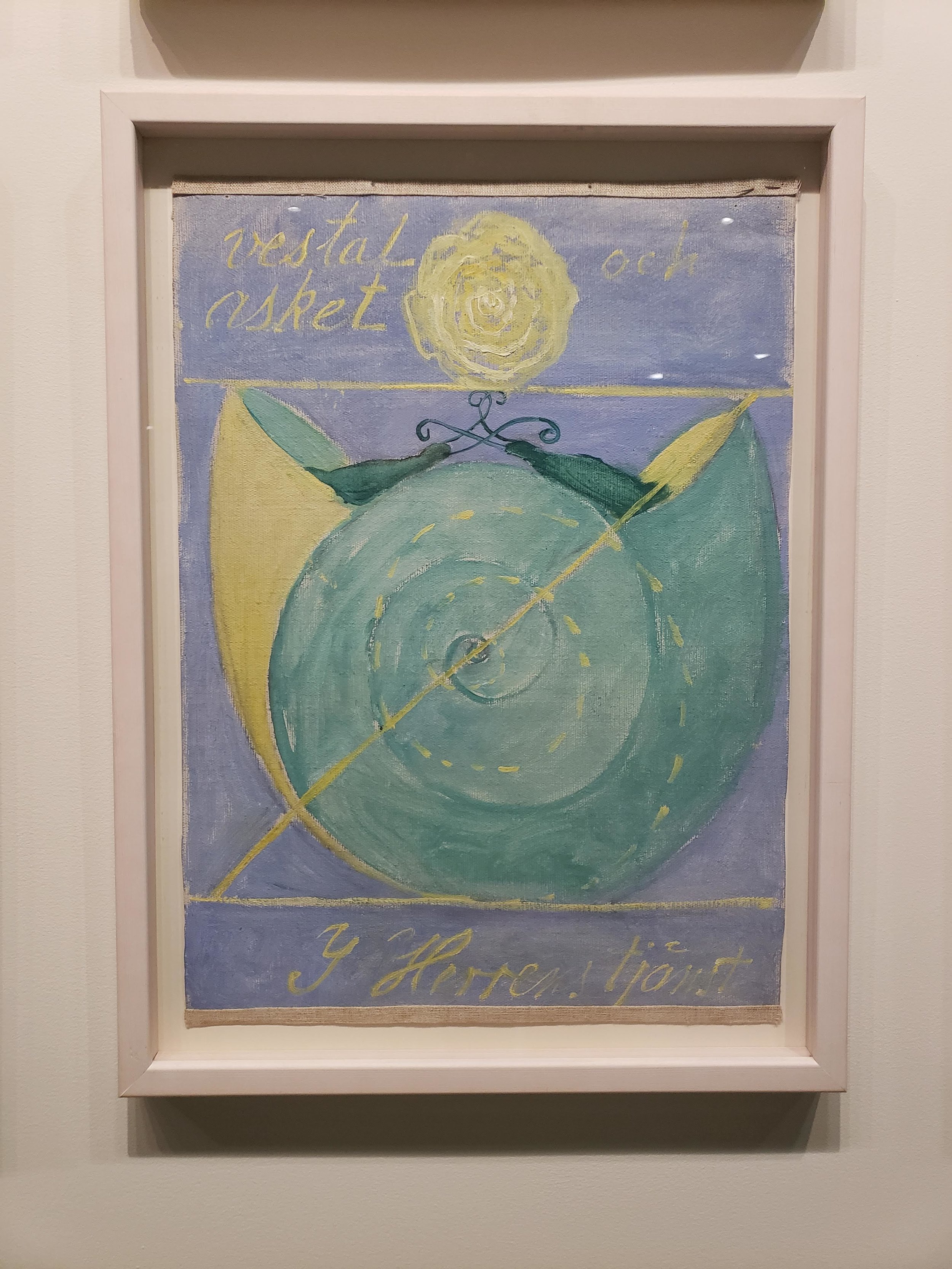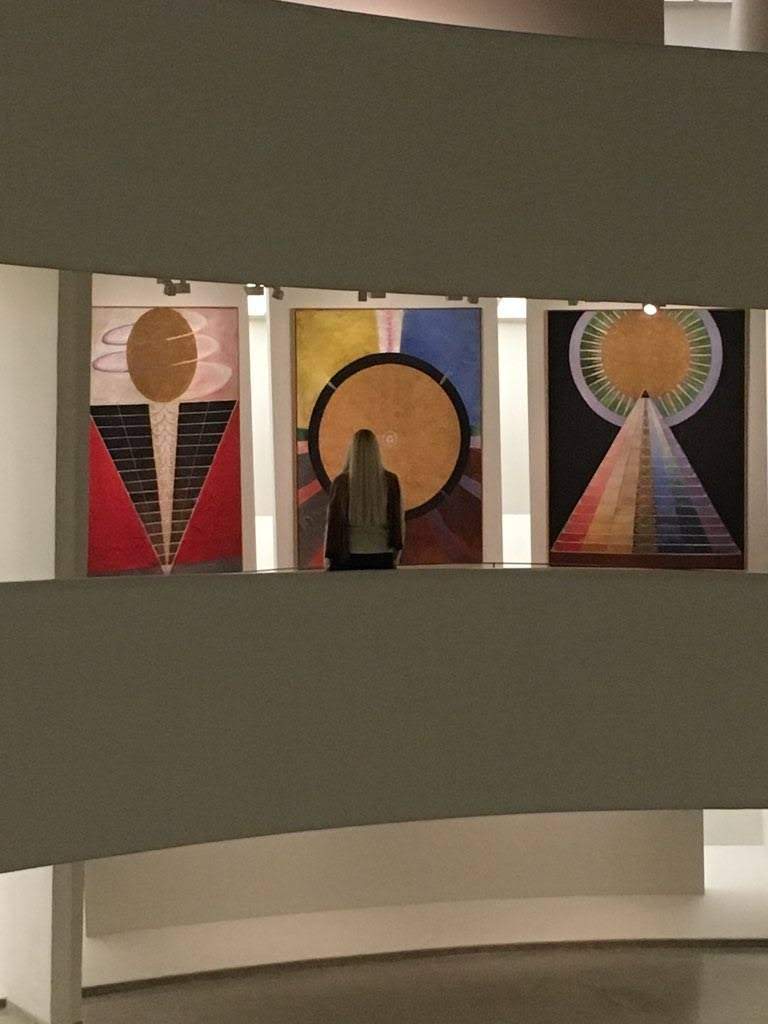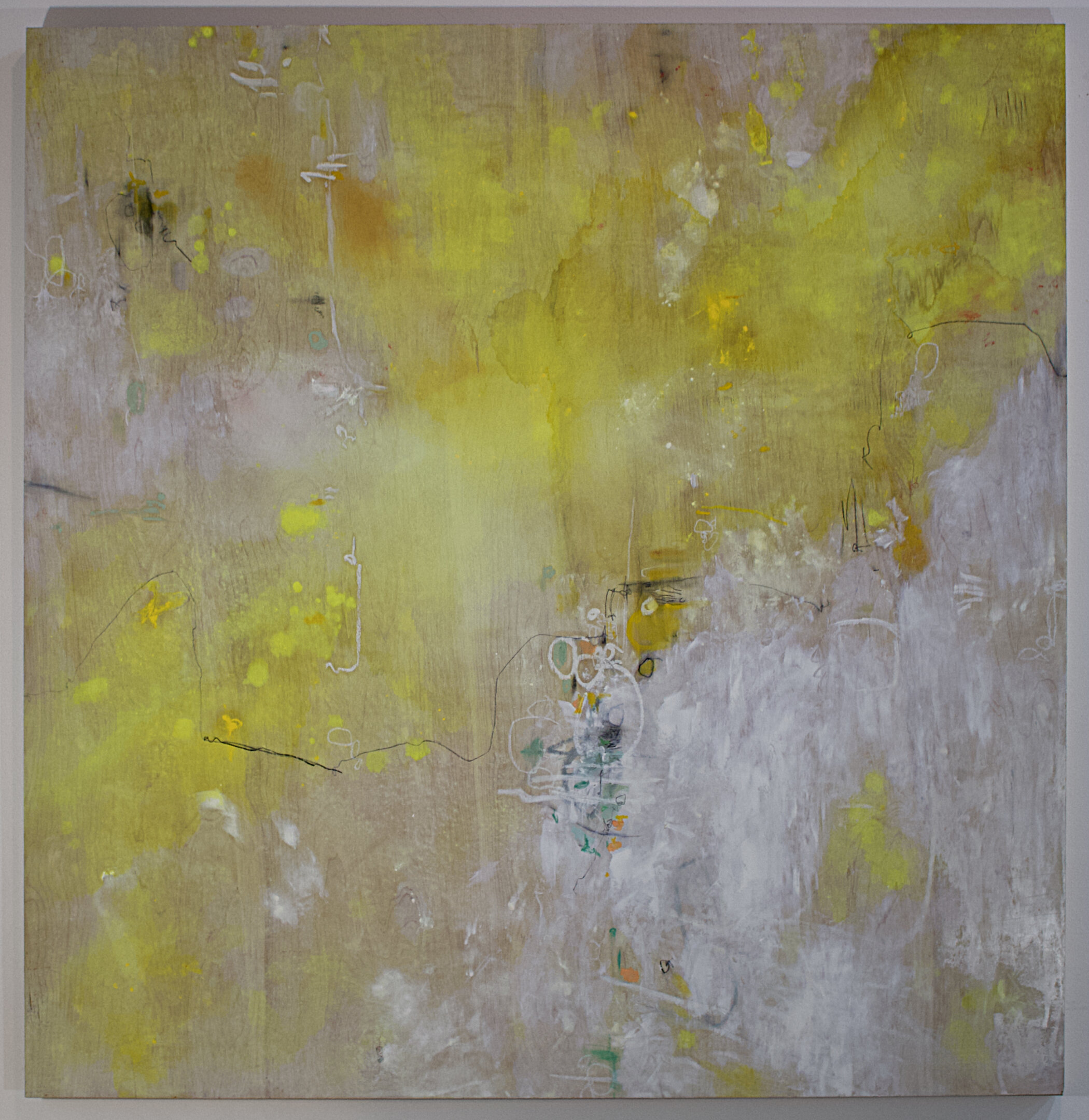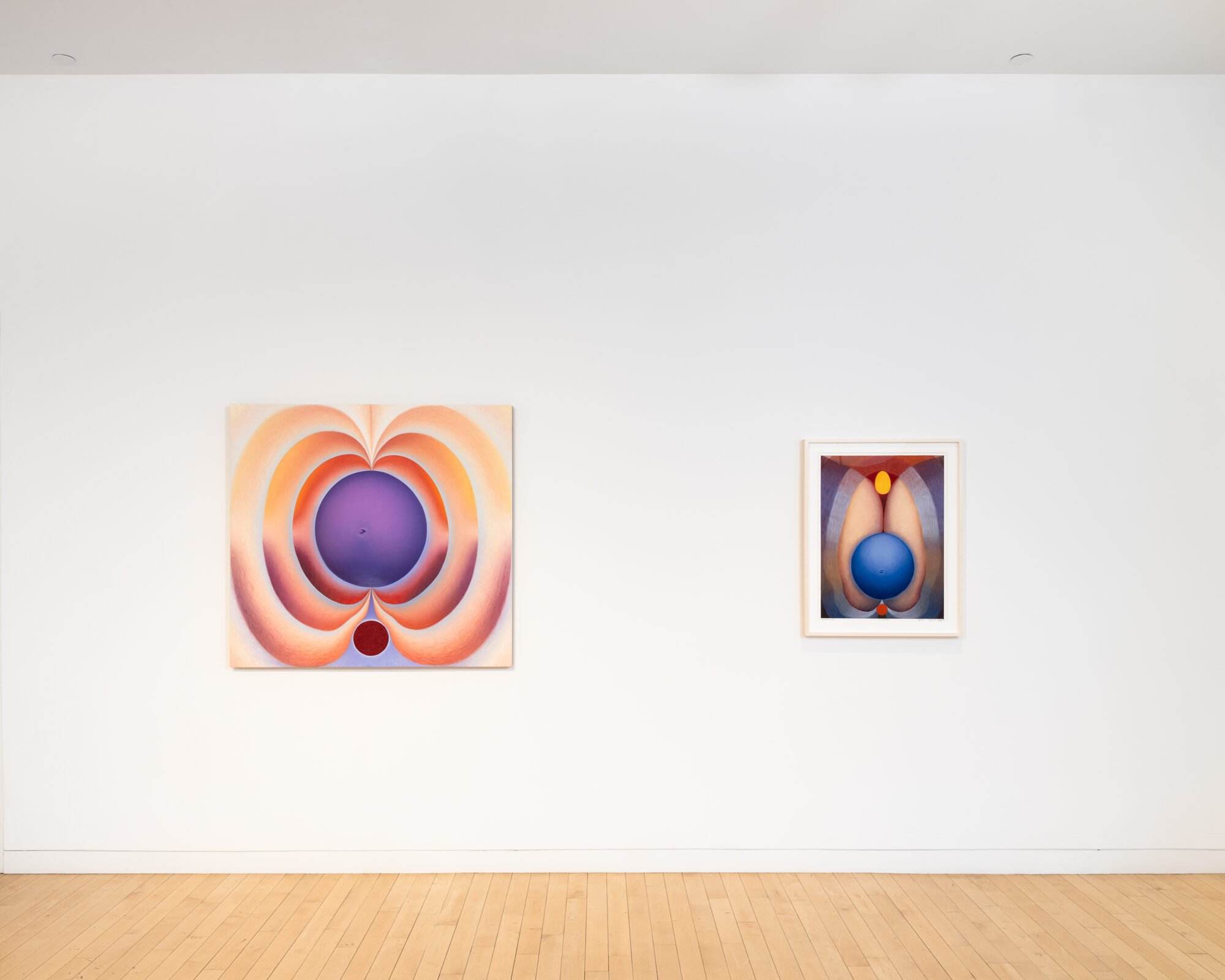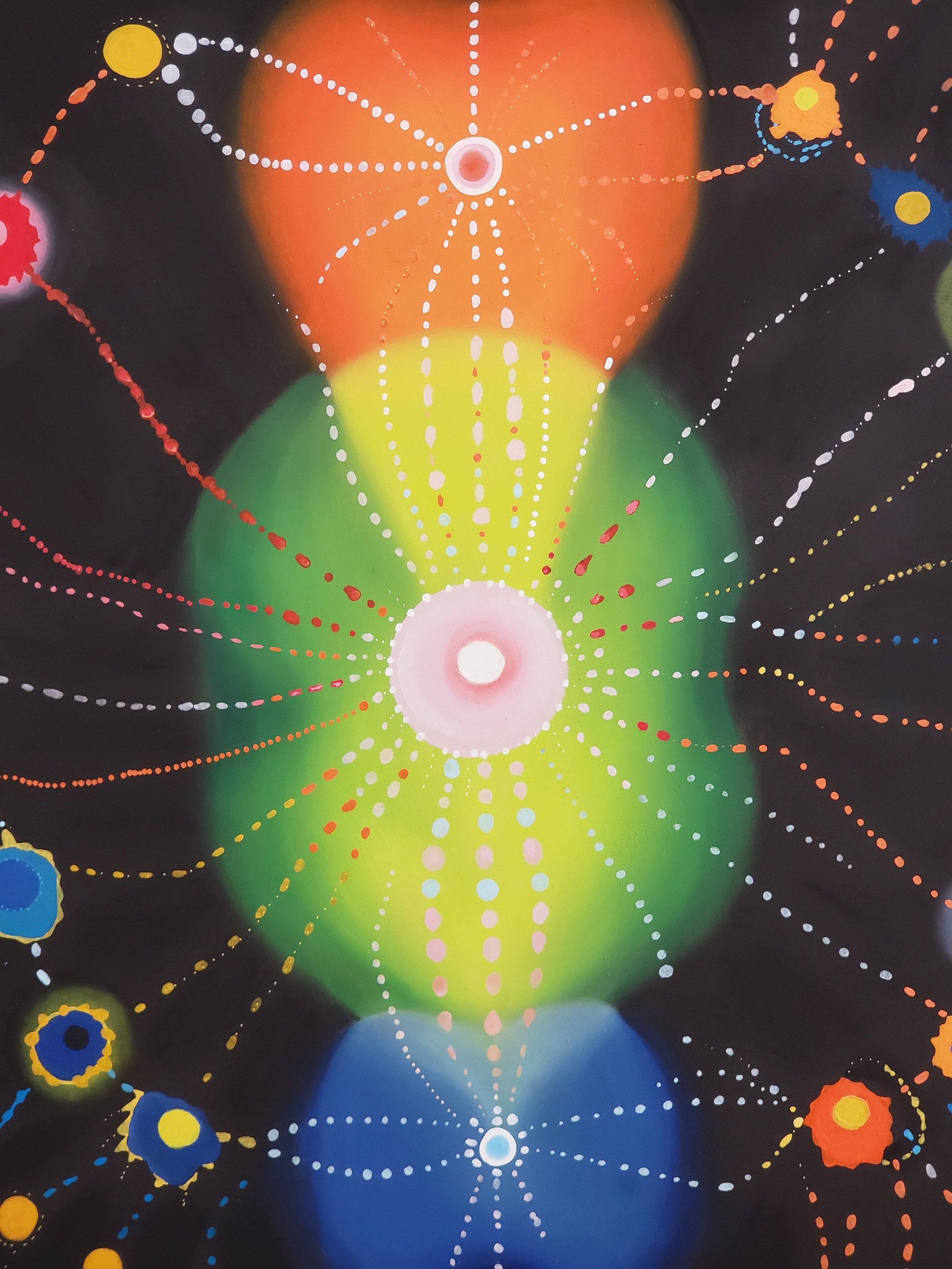Hilma af Klint: Paintings for the Future
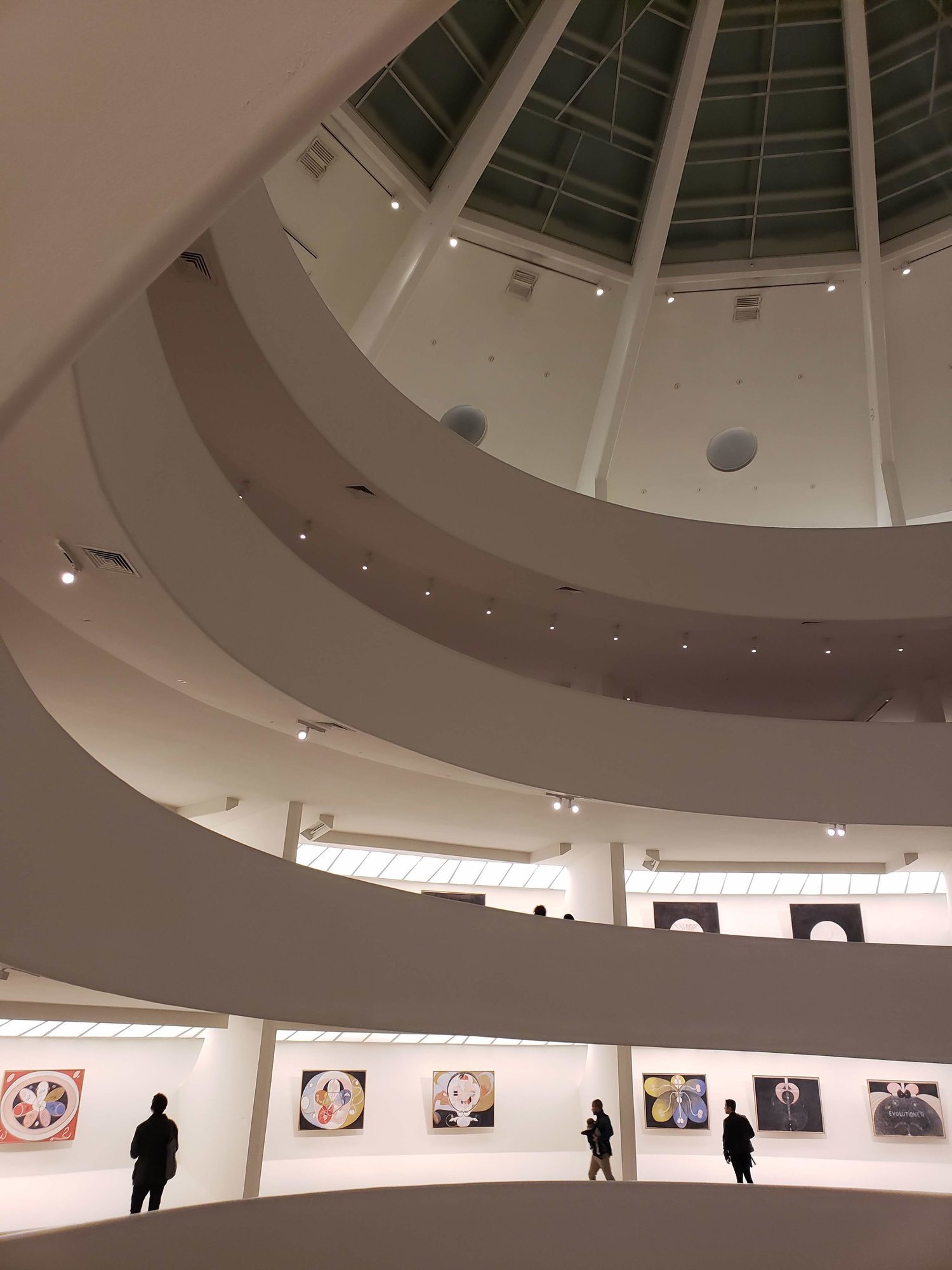

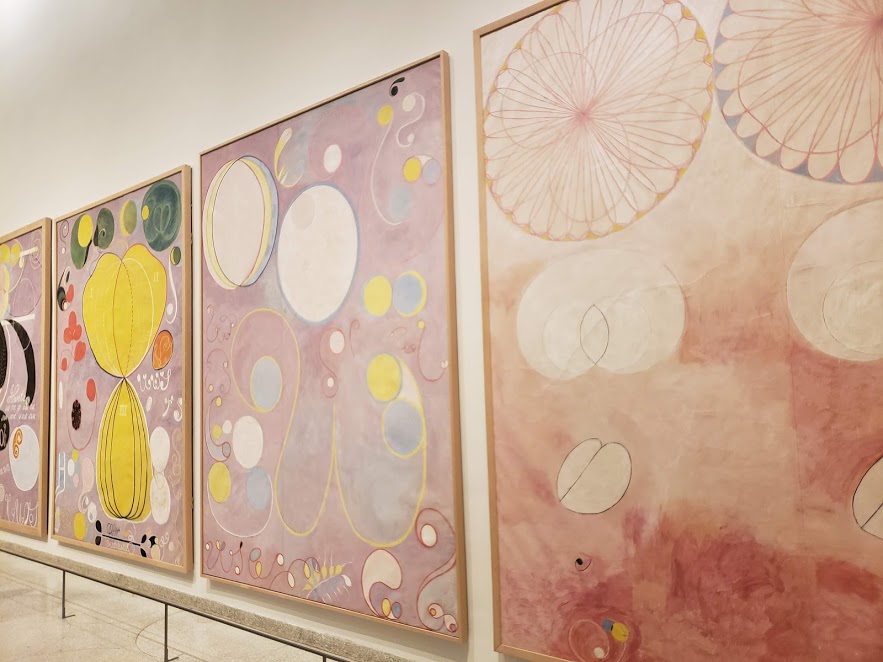
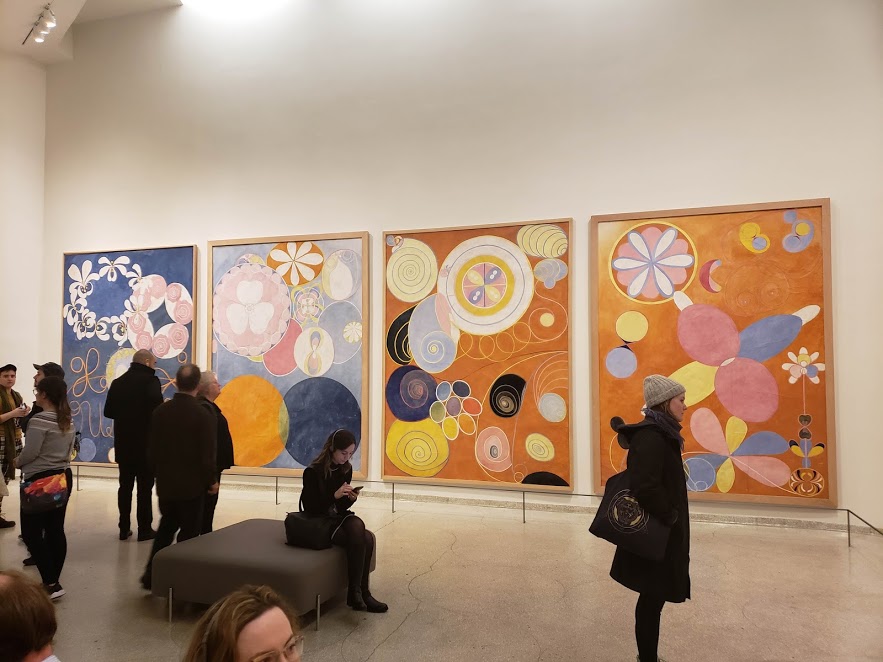
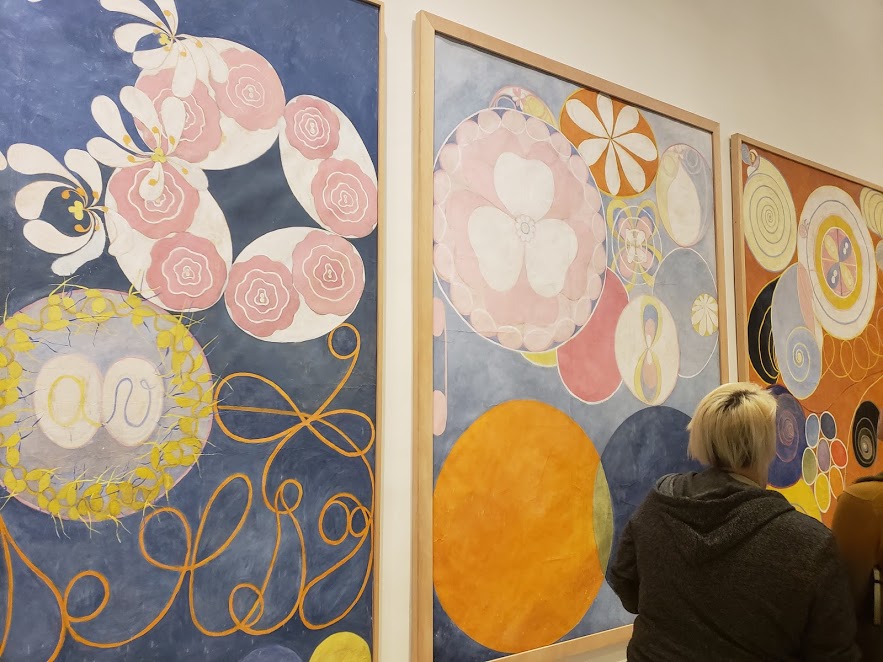
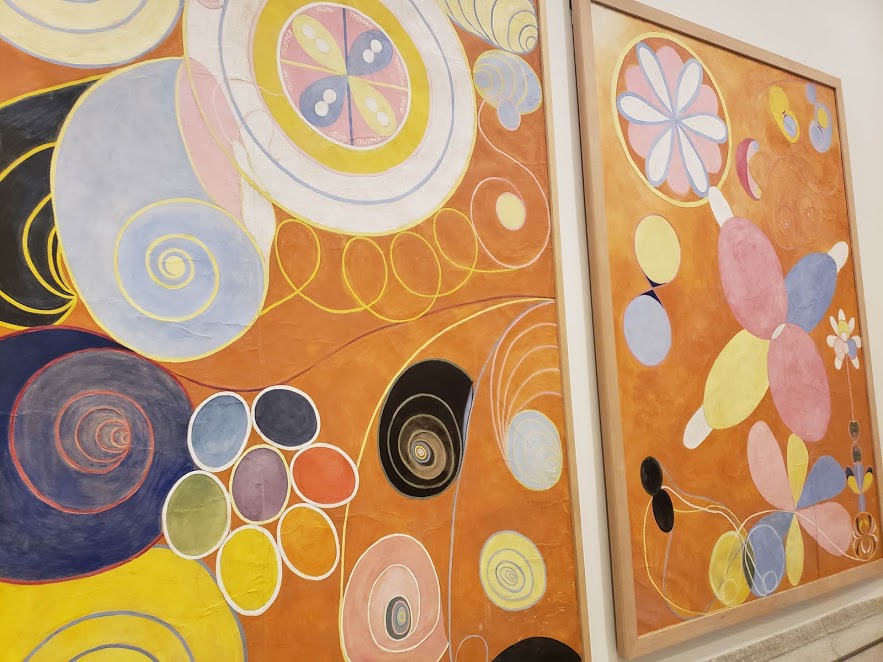
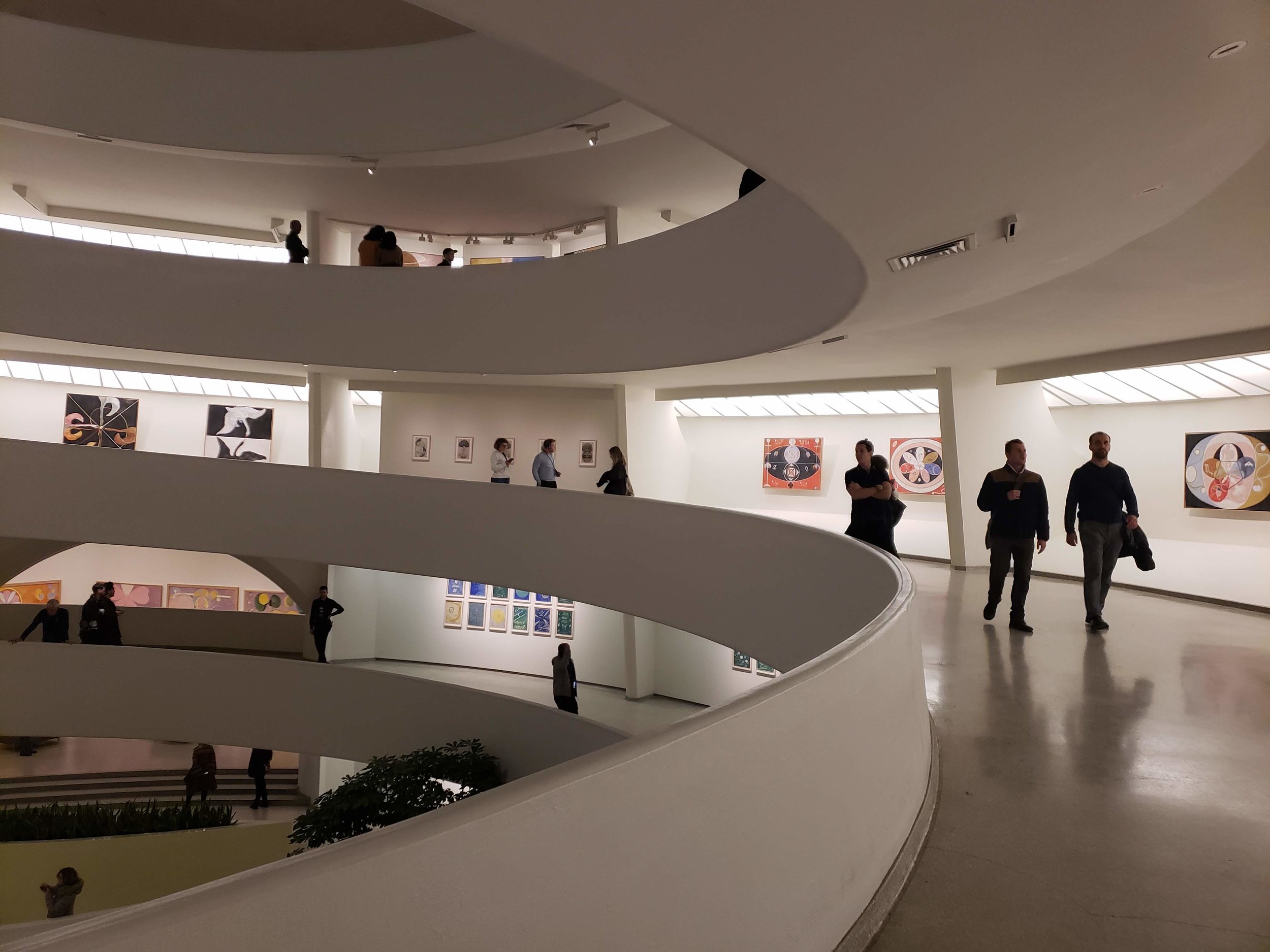
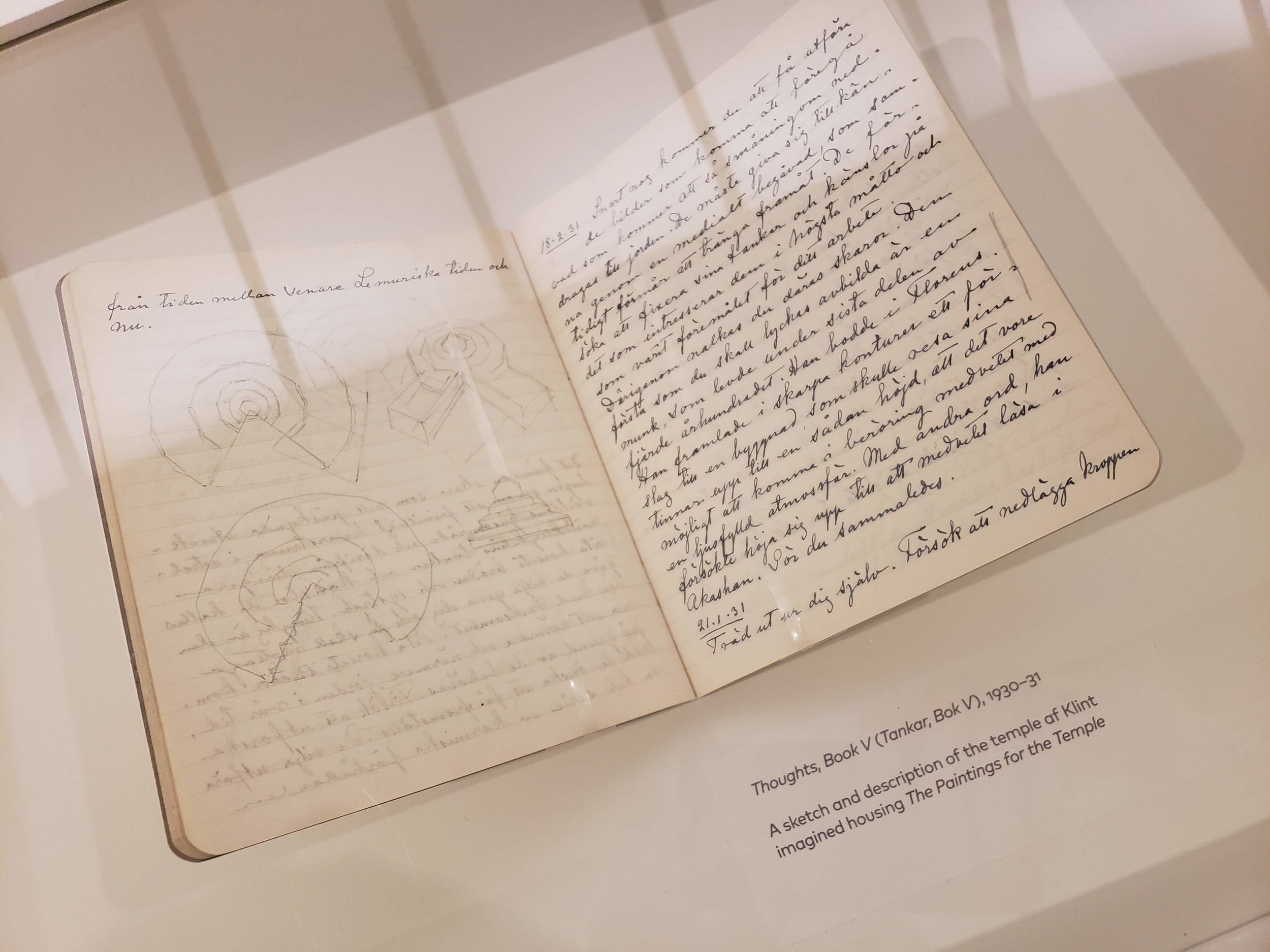
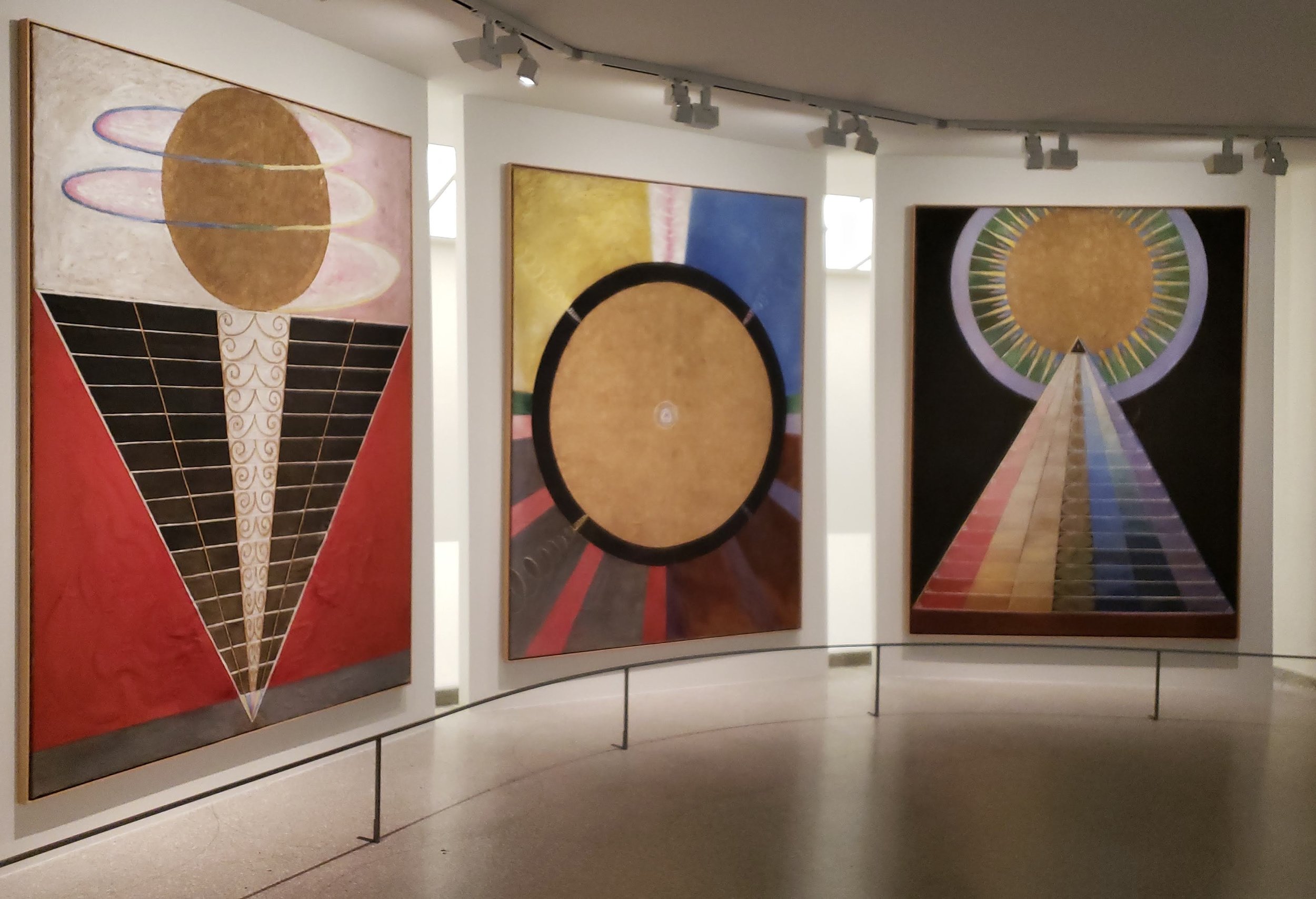
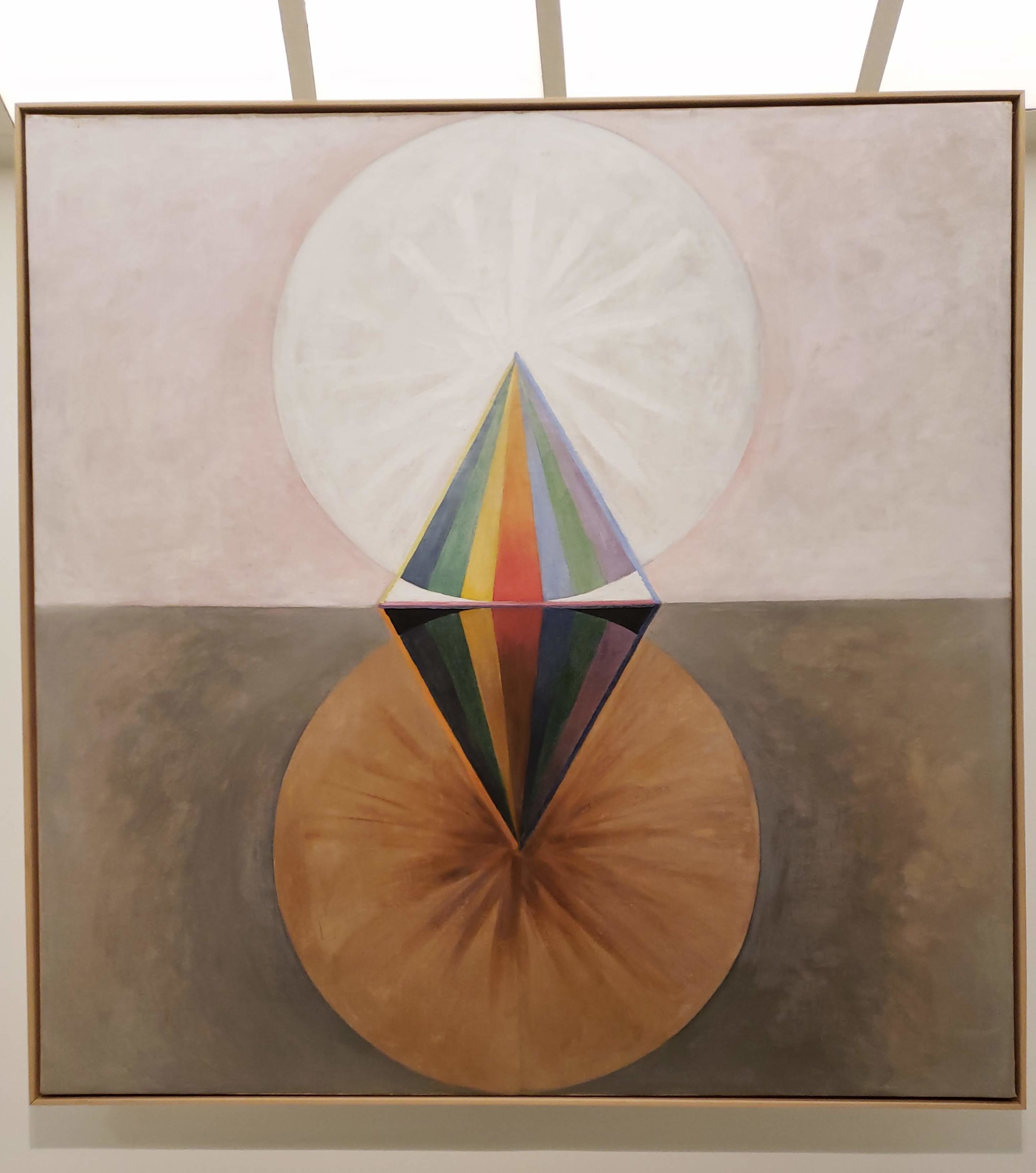
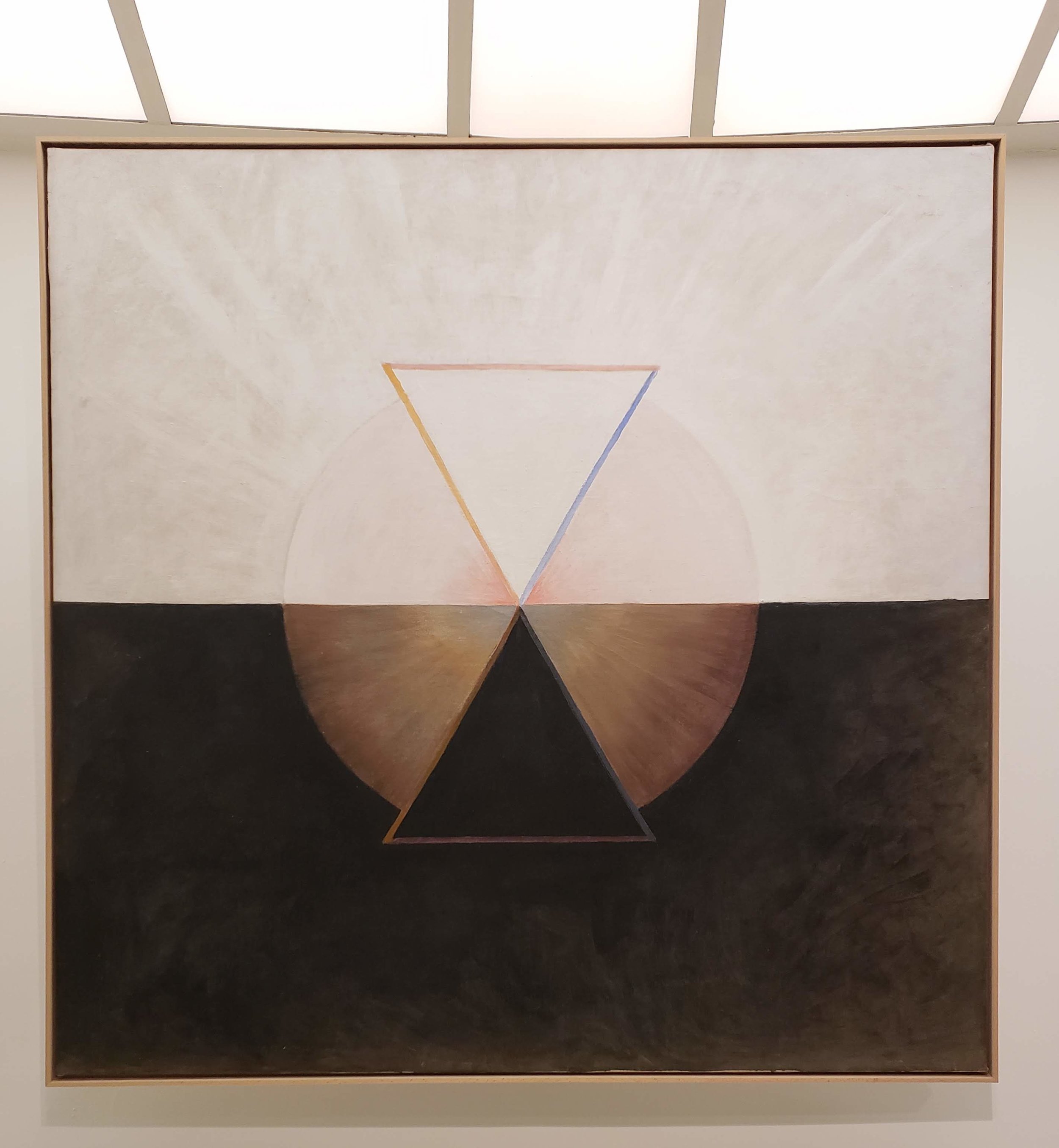
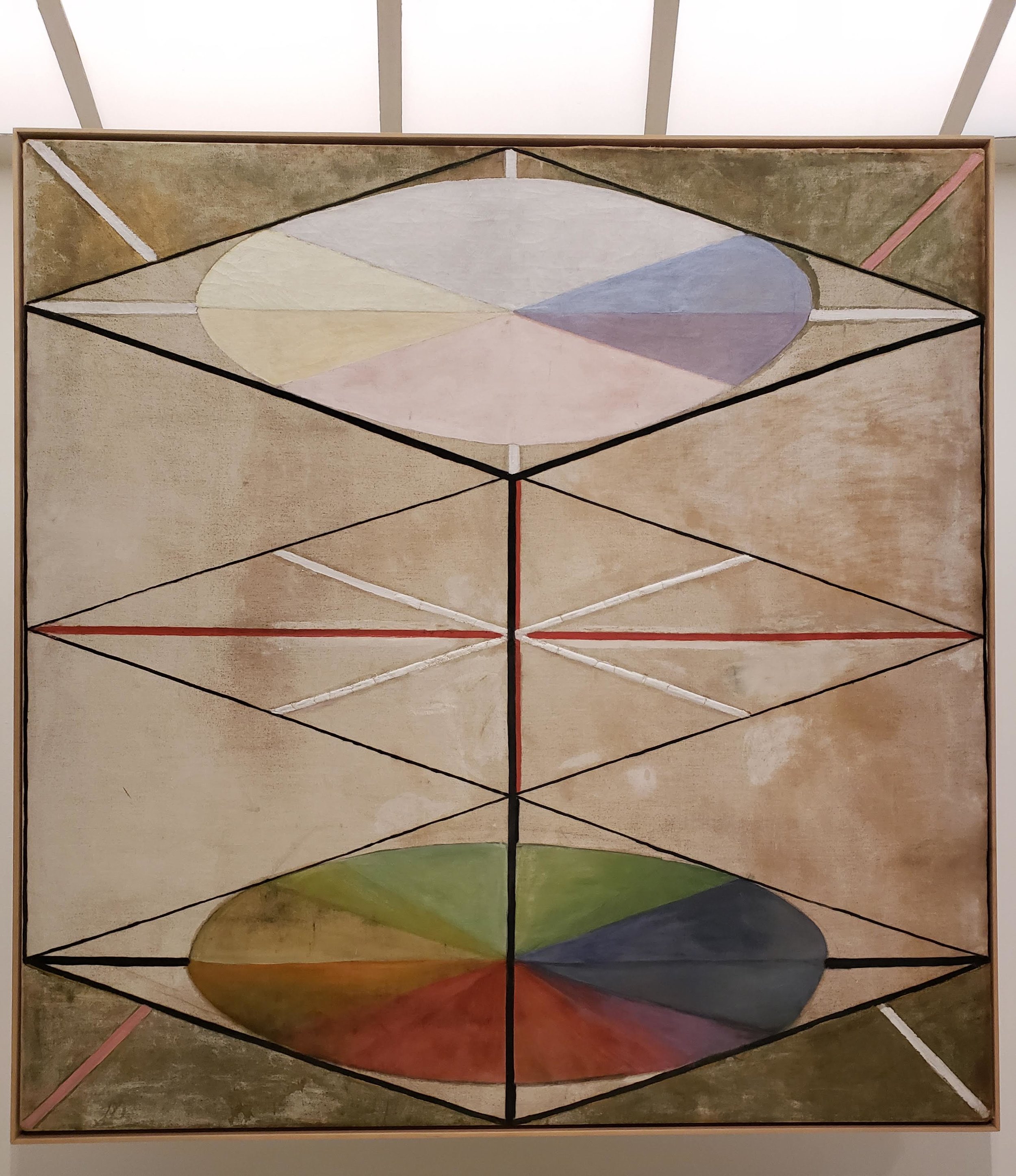
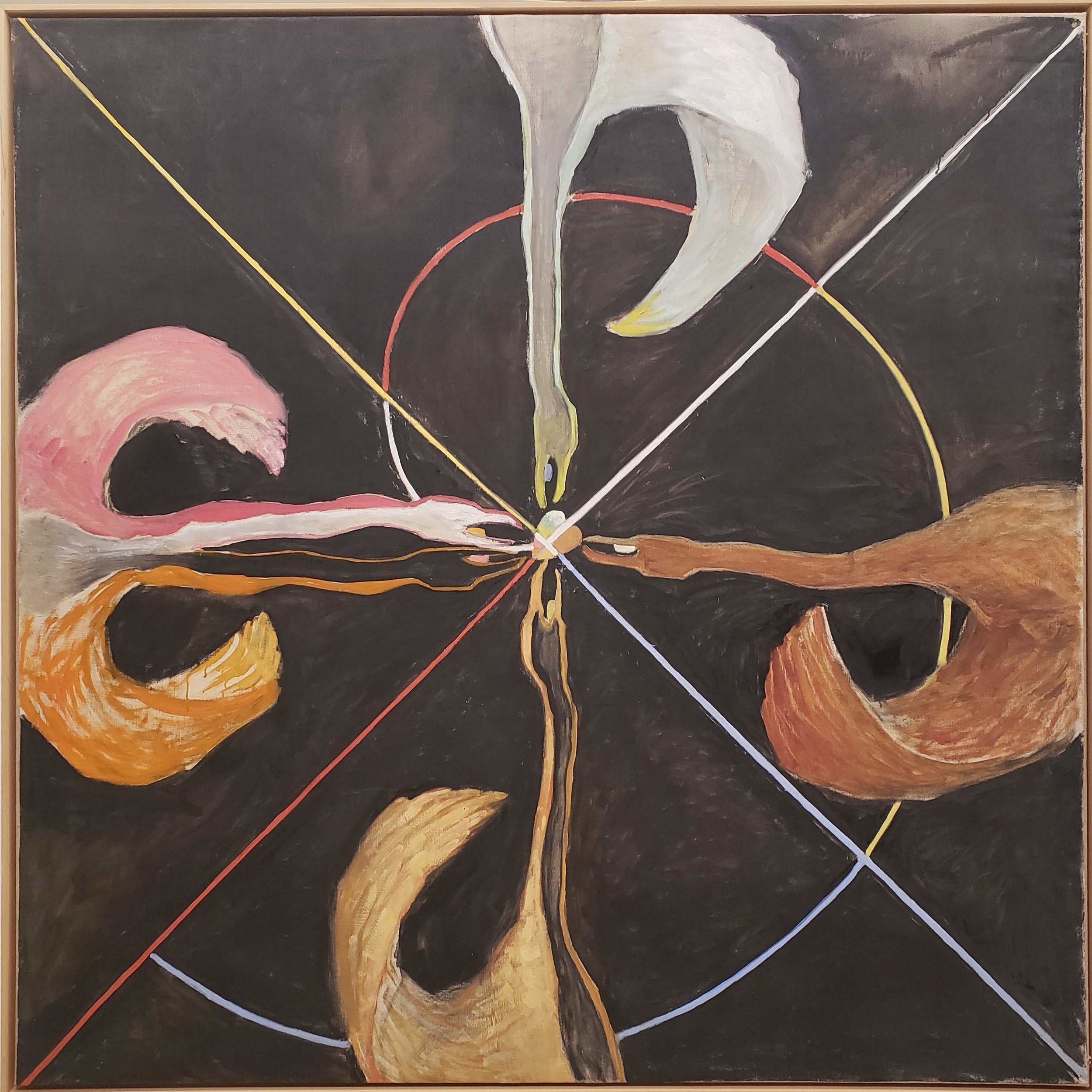
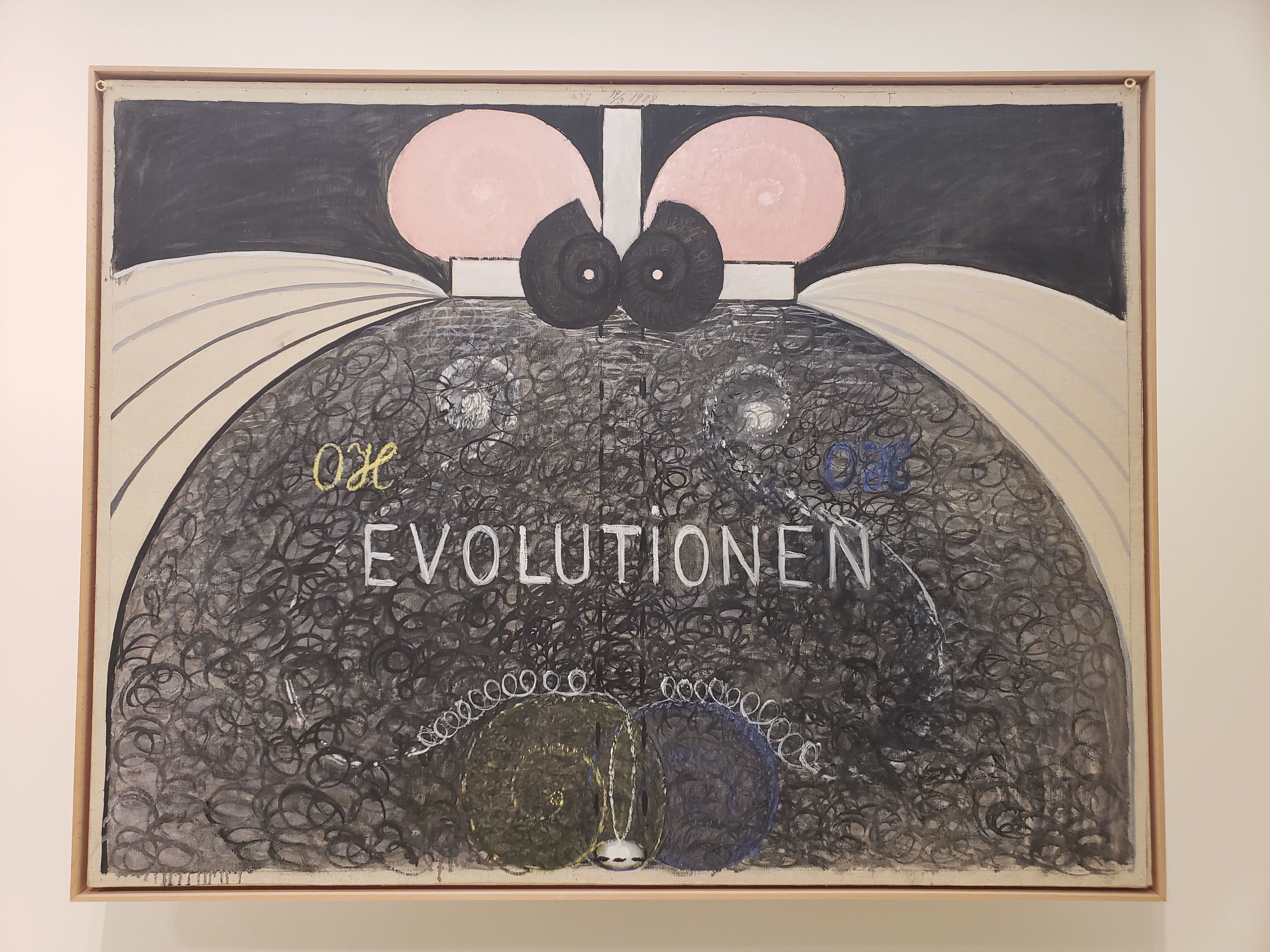
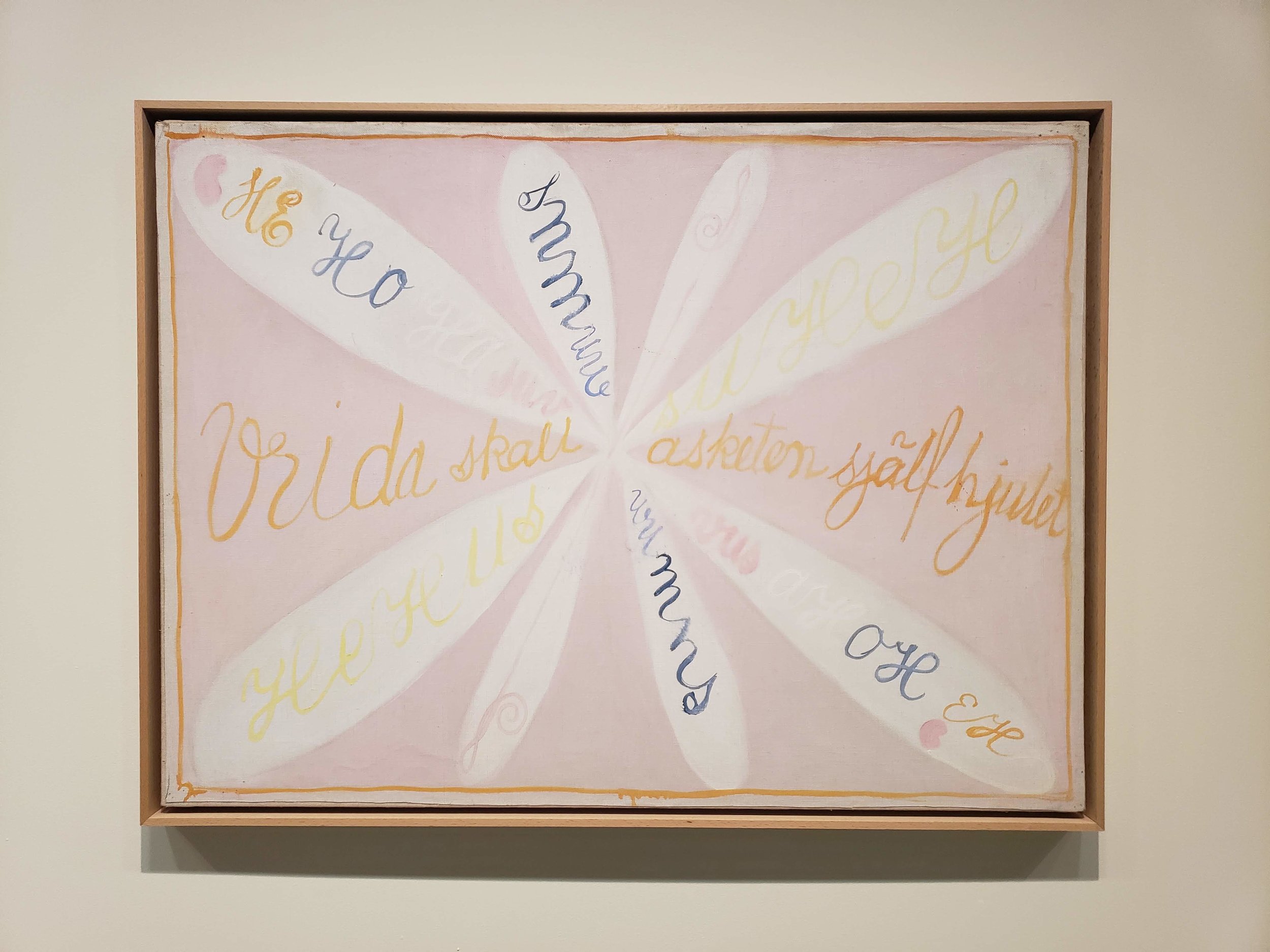
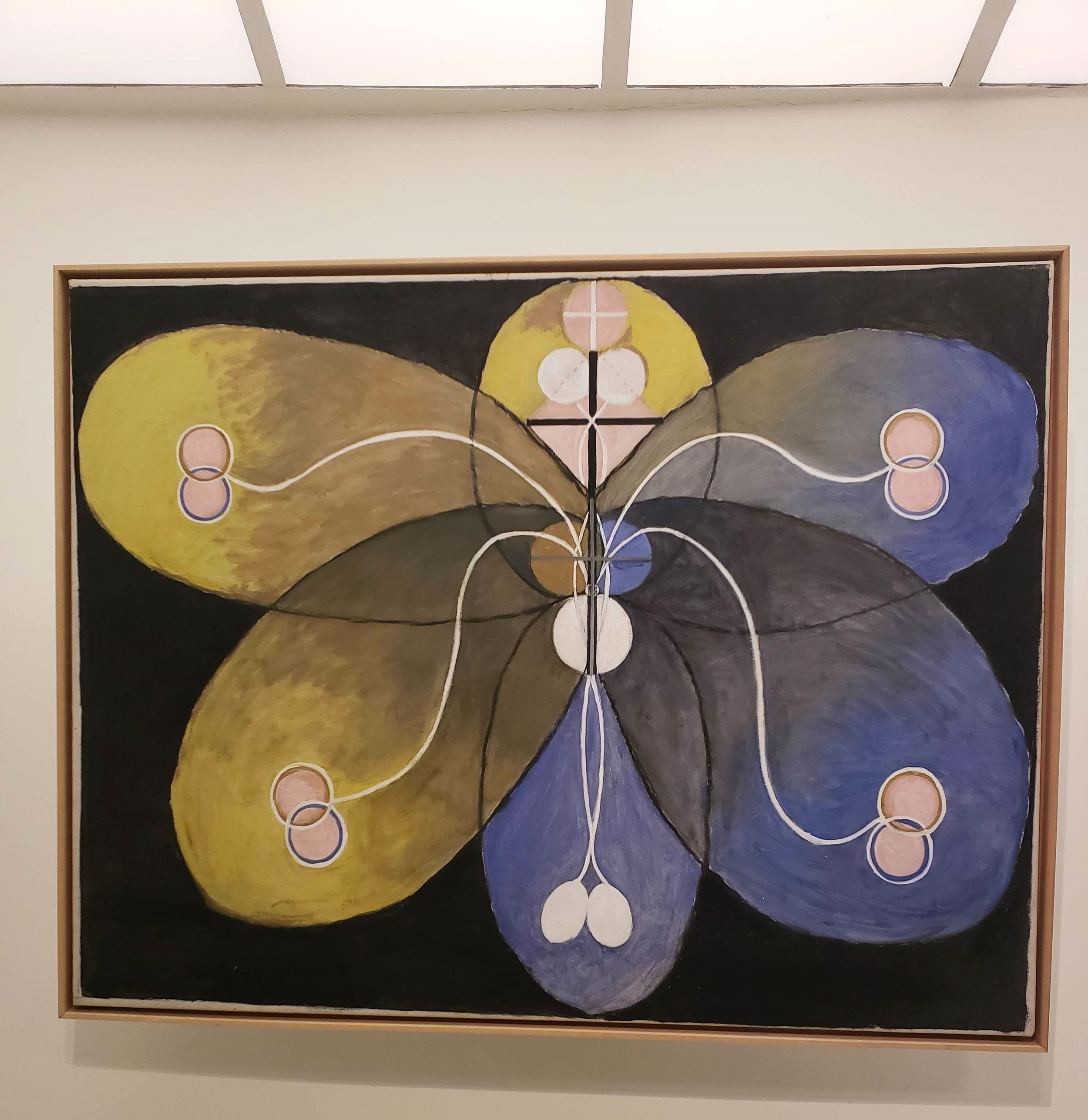
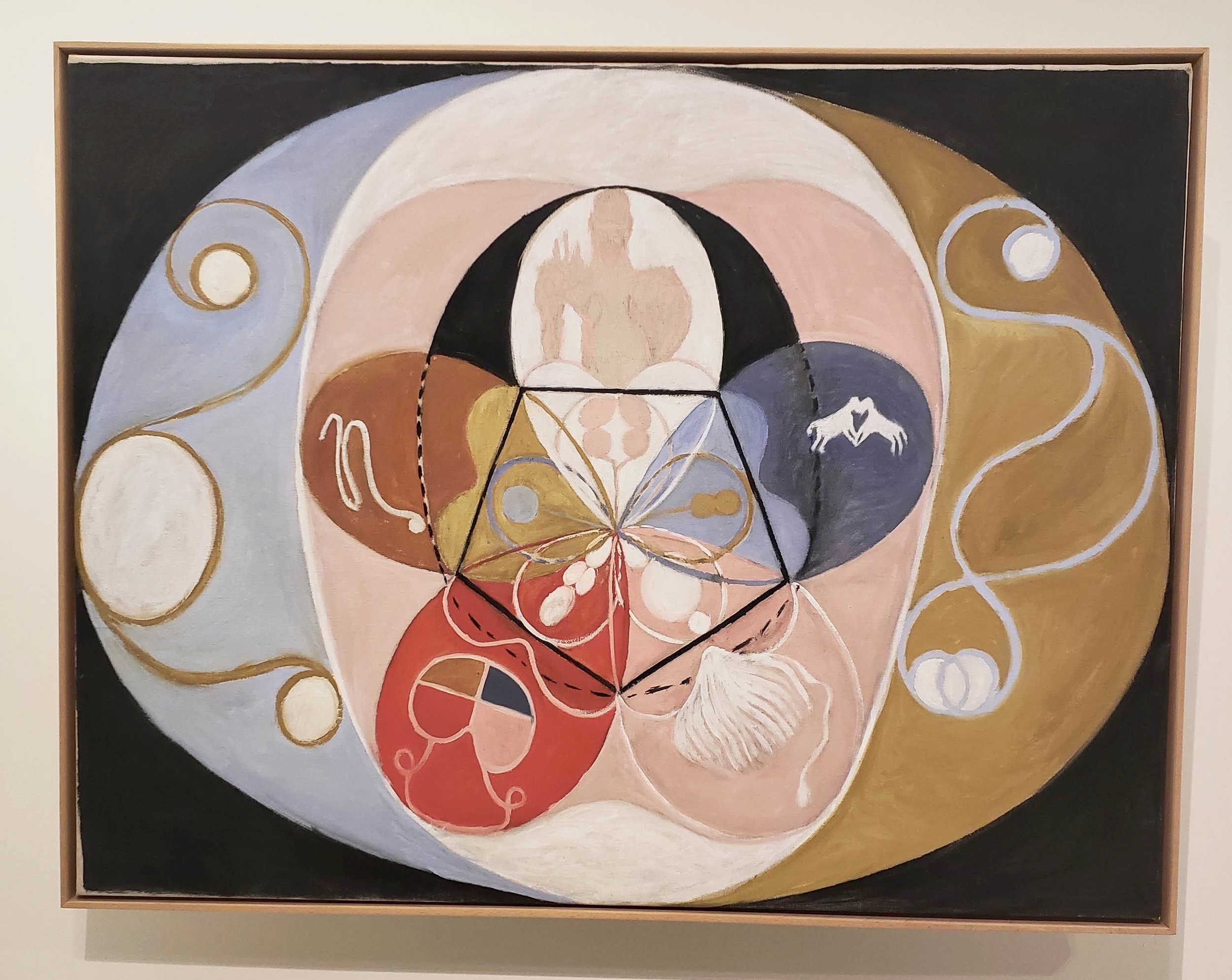
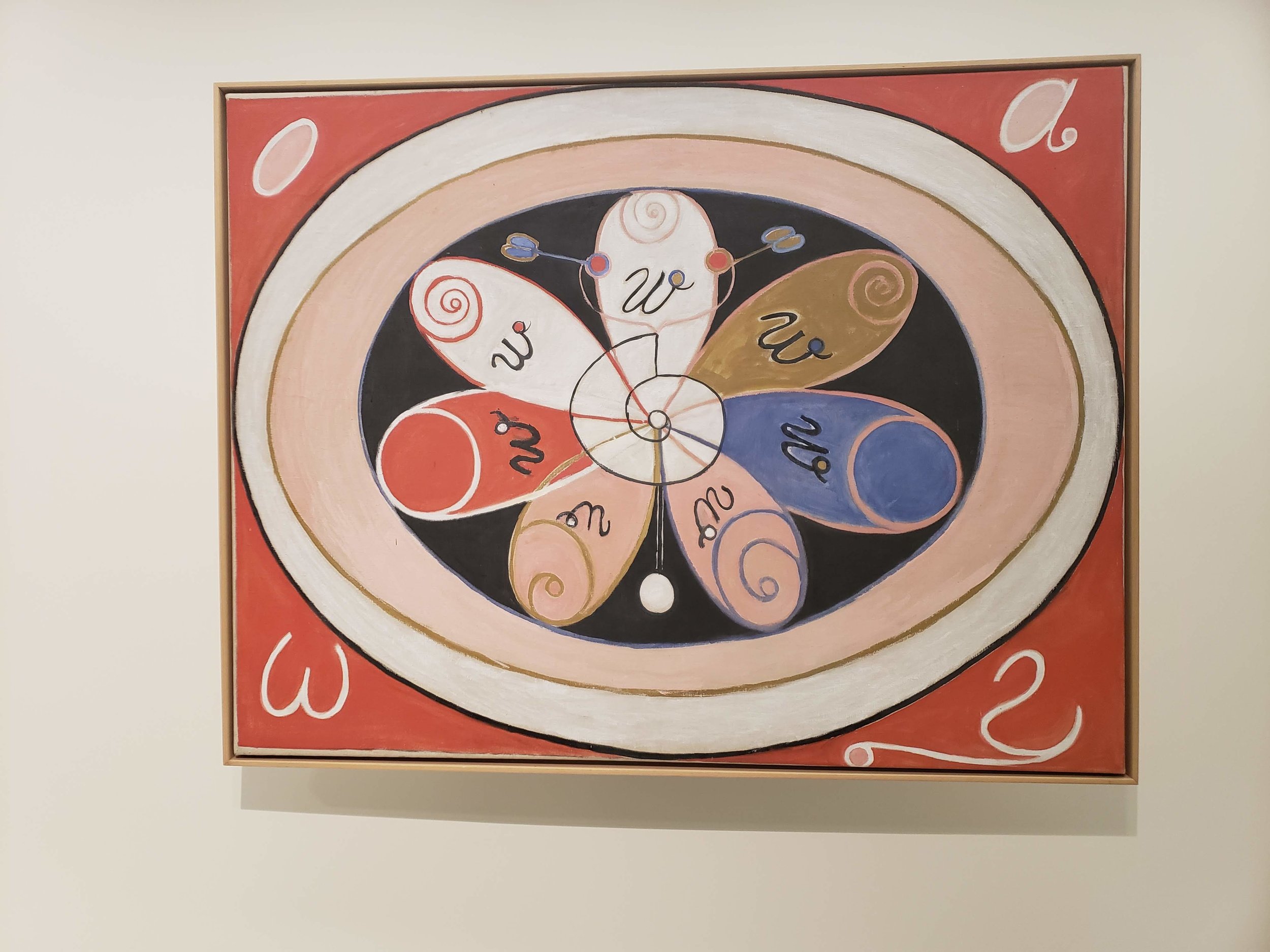
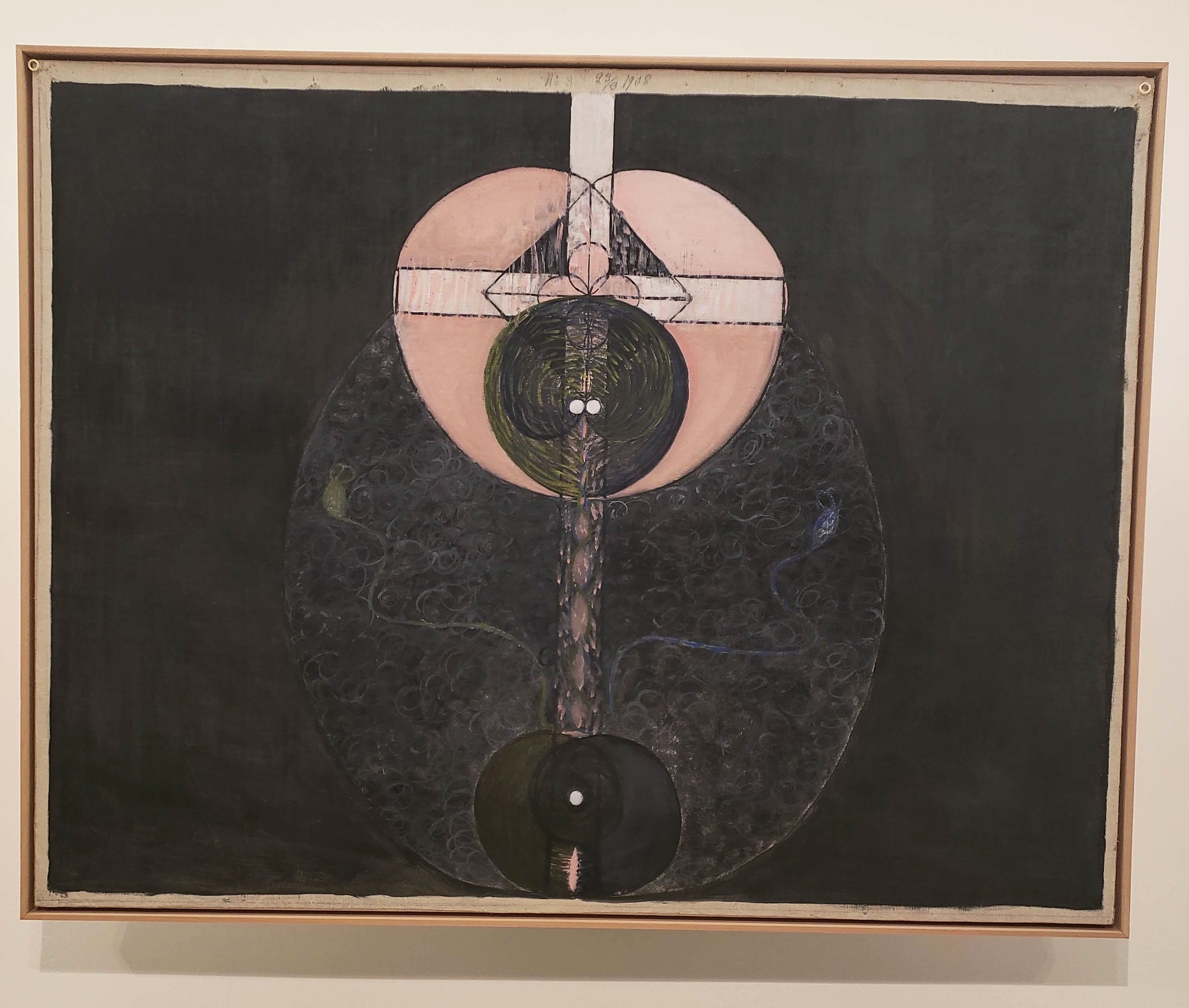

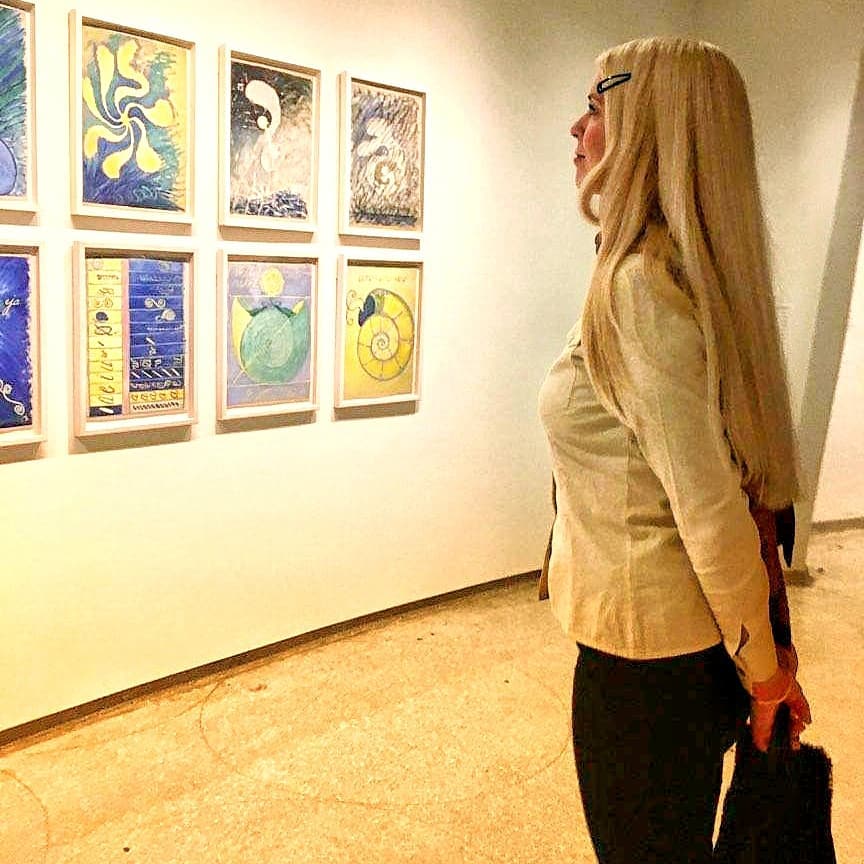
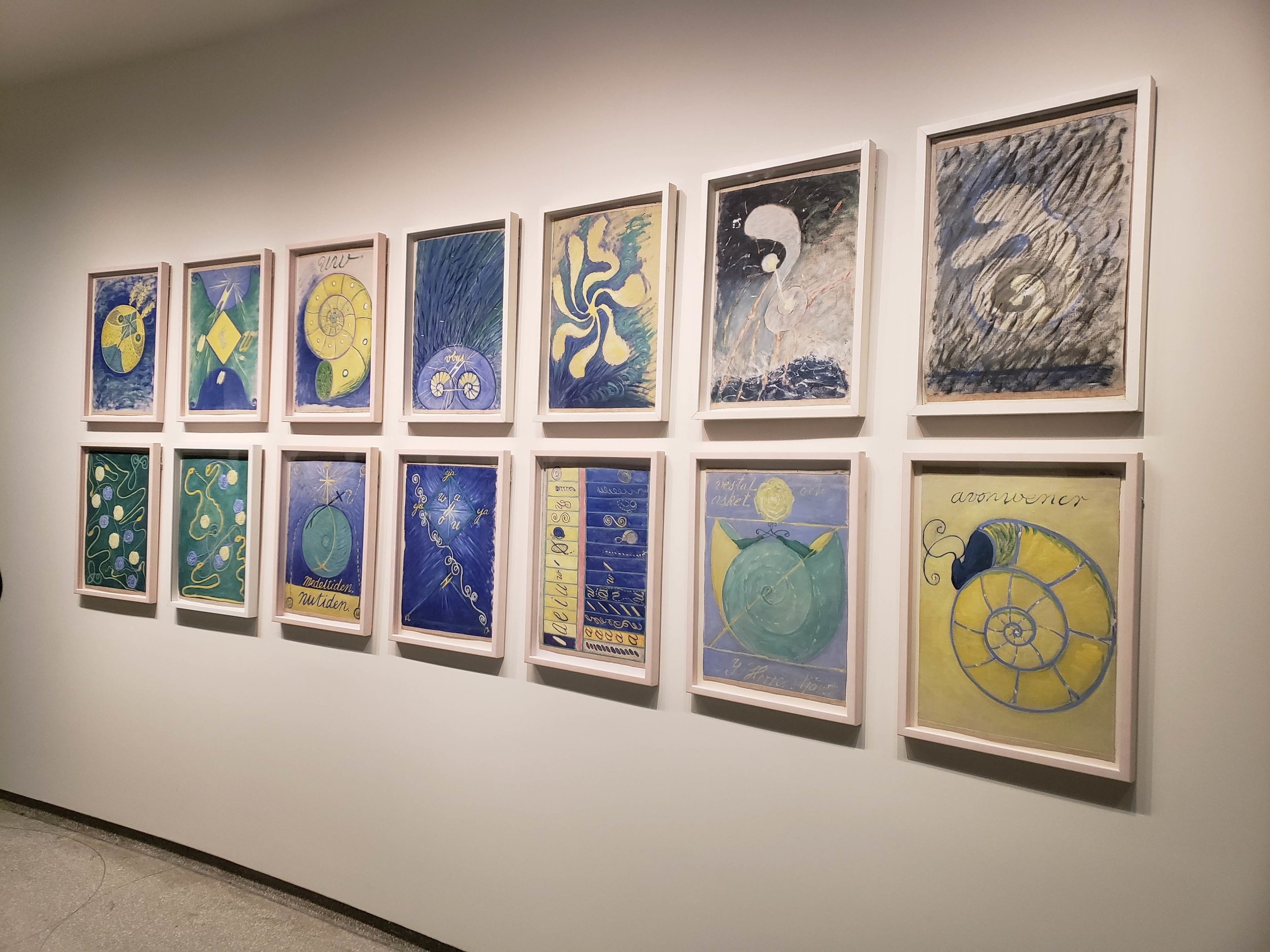
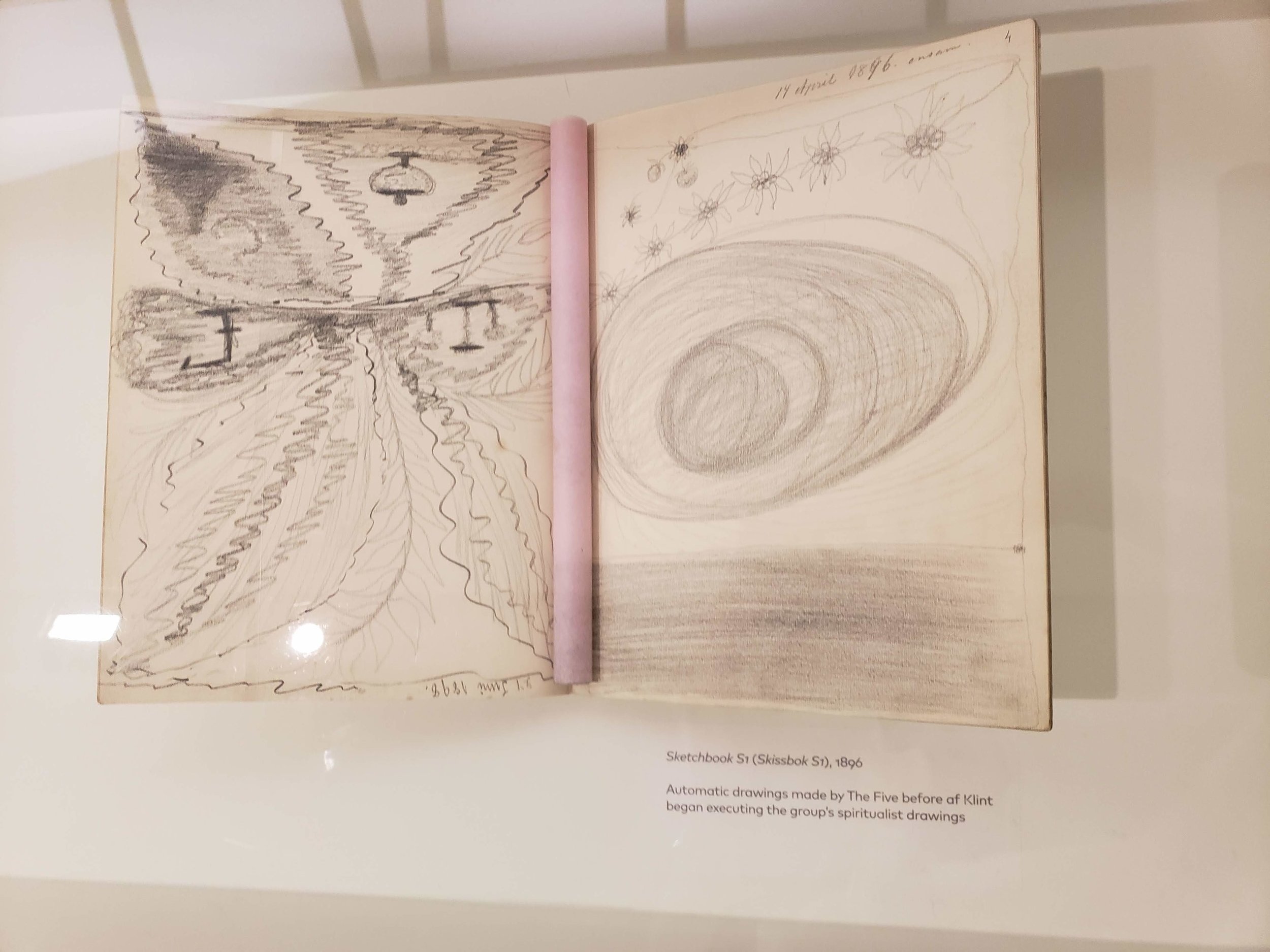
Last week, I made my pilgrimage to see Hilma af Klint at the Guggenheim. When “Paintings for the Future” was first announced, I knew it would be the most important exhibition I see in my life.
It was surreal to experience her transcendent artwork in person after years of dreaming. The meeting point of art and spirituality is one of my biggest inspirations: studying these two subjects inform my personal philosophy and sense of purpose. Art and spirituality both can be challenging to explain, yet without words Hilma’s art communicates so much of what I wish I could say. Meeting this body of work felt like meeting a soulmate.
More than a century ago she was creating these visionary paintings and drawings, and for the most part keeping them private. While her male contemporaries were taking credit and center stage for starting the abstract art movement, she had already been making abstract works years prior. Now decades after her death, she is being recognized as the pioneer of modern abstraction.
Hilma and a group of women known as “The Five” regularly held seances, channeled spirit guides, and received messages about what to create. Some of Hilma’s best works are gorgeous collisions of color and shape that explore human consciousness on molecular and cosmic levels. One of the most unforgettable items in this show is a sketch of a spiral shaped temple she wanted to be built to house her art. To see her vision on paper while standing in The Guggenheim, an ascending cochlear sanctuary dedicated to abstract art, feels like fate.
There is a reason why Hilma didn’t want her paintings seen publicly until 20 years after her death. She felt audiences in the early 1900’s weren’t ready to receive such profound artistic statements, and especially from a woman. As things would work out, it seems the timing couldn’t be better than 2018. The symbolic weight of this show is as extensive as it is existential. I see this exhibition as a gift, an art time capsule curated and buried 100 years ago. Can you imagine creating a message this powerful for society to reflect on in the year 2118?
Words and images by Katie Pilgrim.
